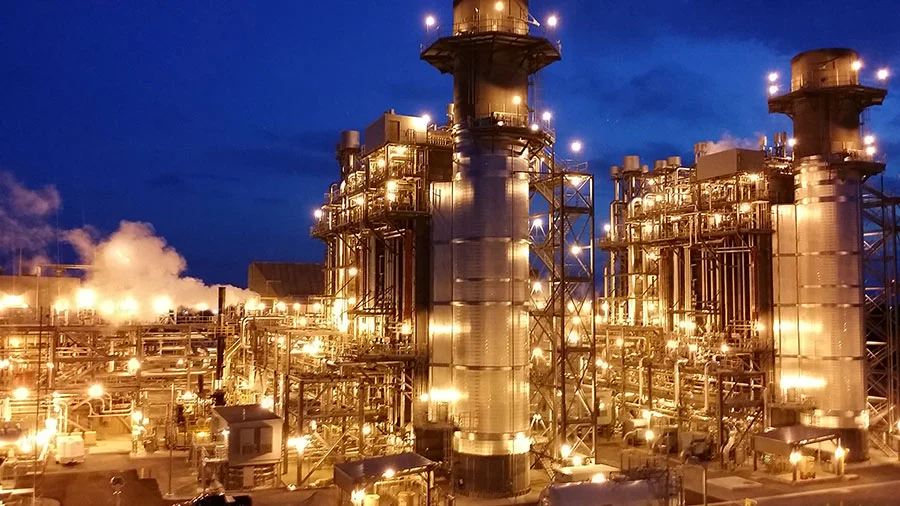In critical operations, extended plant shutdown is not acceptable unless it is a turnaround. A turnaround (TAR) is a scheduled event wherein an entire process unit of an industrial plant (refinery, petrochemical plant, power plant, etc.) is taken off-stream for an extended period for revamp and/or renewal. Major electrical equipment in an industrial plant were mostly installed during the construction of the plant. A nominal service life of an electrical equipment is about 25 years. Within the later years of an equipment service life, its reliability and efficiency will still be within acceptable limits. Beyond that, its mean time between failure (MTBF) and its mean time to repair (MTTR) will considerably increase.
The most common solution to increased reliability and efficiency will be equipment replacement. However, replacing a major electrical equipment completely is not viable considering the age of other equipment within the plant. What then will be the alternative? Retrofitting will be a good alternative solution.
Let us take for example a switchboard which has gone beyond its project service life. It may be the case that the equipment is already out of production, spare parts are difficult to source or specialized skill set is required as it may have already been the operational unit in that locality. Whatever the reason will be, a failure of the equipment will cause a prolonged plant shutdown which is not acceptable. Retrofitting the circuit breakers with new generation circuit breakers will be a suitable solution. New generation circuit breakers are normally more compact than their older counter part for similar rating.
A complete equipment replacement mean that cables in and out of the switchgear will be disconnected. It is unlikely that the new equipment will have similar dimension as the old unit thus there might be some issues for existing cables are shorter than required for re-termination. Replacement of cables will mean higher project cost notwithstanding the extended plant shutdown. With retrofitting, there will be minimal likelihood of un-anticipated problems. The equipment service life can be extended and increase equipment reliability as well with a fraction of the cost of total equipment replacement.
